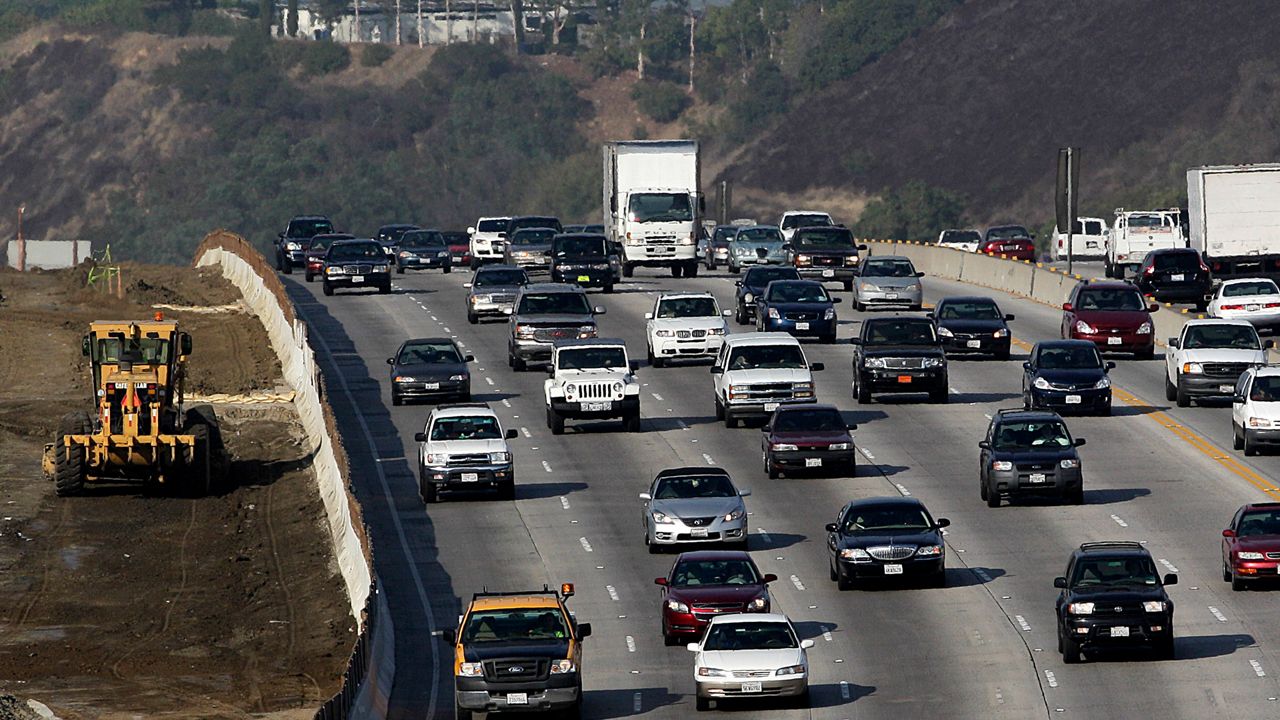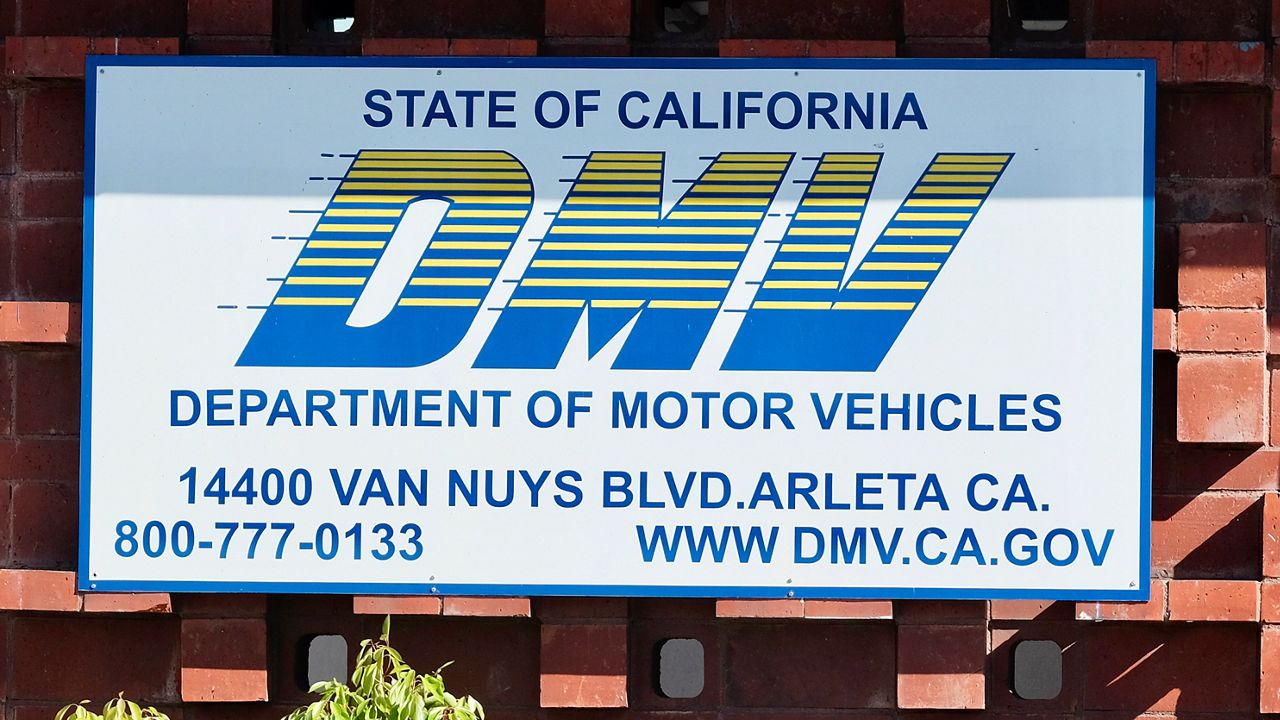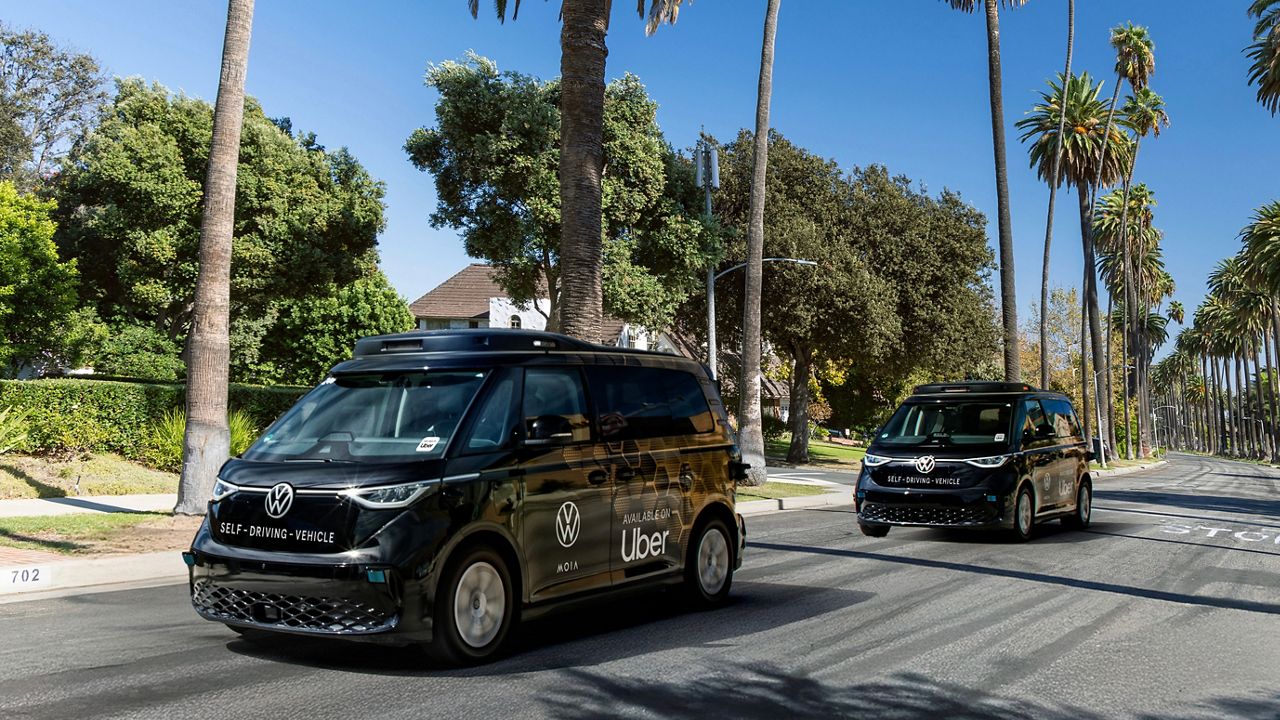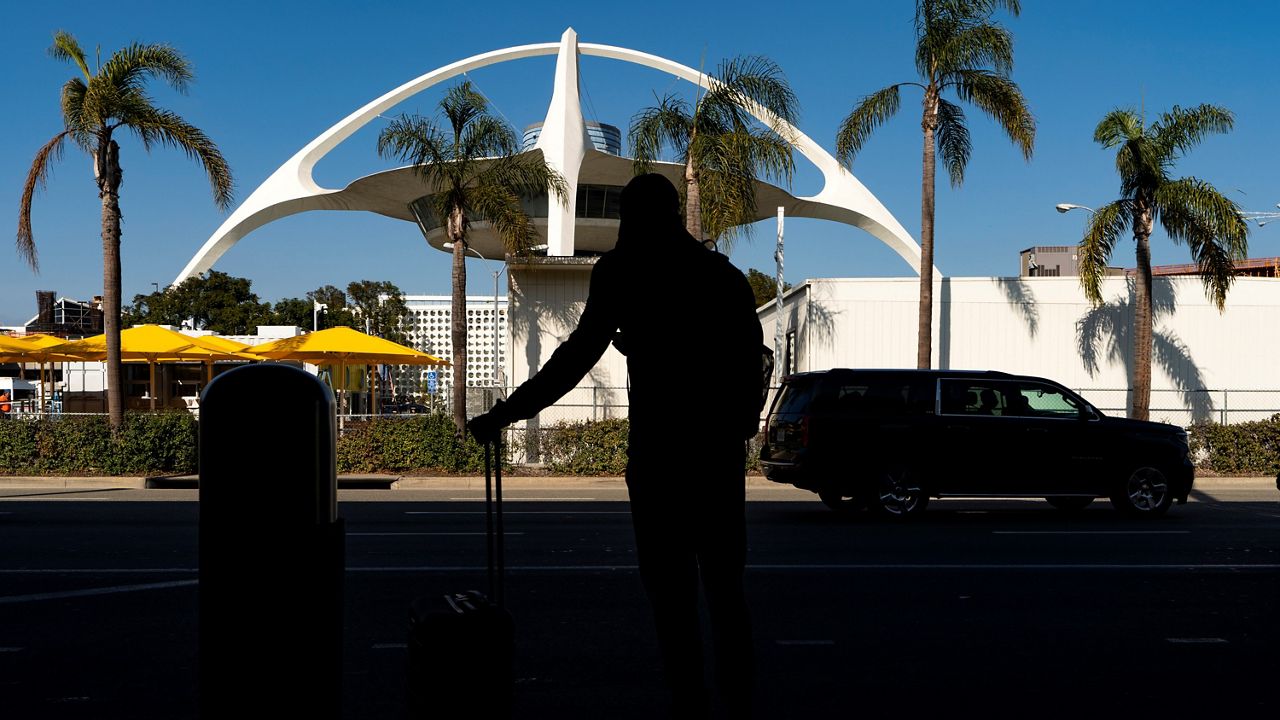CALIFORNIA — If you build it, will they come? That’s the question California is trying to answer about high-occupancy vehicle lanes, which are expected to make up the majority of new highway investments in the state for the next two decades.
HOV lanes, intended to inspire carpooling, are designed to alleviate traffic congestion by maximizing the people-carrying capacity of California highways, according to the state’s Department of Transportation, but it’s possible they could have the opposite effect.
“Economists and transportation engineers have long observed roadway capacity creates its own demand,” said Lucas Davis, one of two professors at the University of California-Berkeley investigating the impacts of HOV and toll lane expansion projects on traffic flows.
Called “induced travel,” it’s the fundamental law of traffic congestion. “When a good has a low price, people will consume more of it than when a good has a high price,” Davis said. “Just like other goods, travel is something of value, and if you make the price of travel lower, then people want to consume more of it.”
Increased travel speeds decrease the price of travel and lead to increased travel overall, he said. The UC Berkeley research, presented during a California Air Resources Board seminar this week, was designed to measure the speed and traffic-flow effects of freeways that recently underwent lane expansions, including high-occupancy vehicle lanes.
Two of the ten most congested cities in the United States are in California: San Francisco and Los Angeles. In both cities, an average adult spends more than 100 hours a year stuck in traffic. So the UC Berkeley researchers focused on four-lane capacity enhancement projects in the Bay Area and Southern California, including the 215 freeway in San Bernardino County and 405 in L.A.
In 2010, the 215 was expanded from three lanes to five, with one general-purpose lane and one HOV lane added in each direction at a cost of $723 million. The 405 was expanded from seven lanes to eight in 2014, adding a new HOV lane in the northbound direction at a cost of $1 billion. The 405 was the only one of the four sites the UC Berkeley team studied that was a pure HOV lane expansion without any general-purpose lanes.
The researchers collected data on traffic speeds and traffic flows using California Department of Transportation vehicle detection monitors. Collecting samples during five-minute periods over comparable times of the year, week, and day both before and after the expansion, they analyzed speeds and traffic flows shortly after the highway construction was completed to ensure they were capturing the lane expansion as the causal effect for any changes.
Before the lane expansion, northbound travel during the afternoon on the 215 freeway was often below 30 mph, but afterward, “the delays basically go away, and you’re up to near free flow with travel of 60 to 65 mph,” Lucas Davis said. The expansion was associated with a 33 mph increase in average speeds. Traffic flows increased 41% in all lanes.
On the 405, which suffers from heavy traffic at all times of day, not only during rush hour, the researchers said, speed increases were not very dramatic, increasing just 1 mph between 6 and 9 a.m. and 2 mph between 3 and 5 p.m., but “it’s consistent with expansion increasing speeds, which is what you would expect,” Davis said.
The researchers noted that before the 405 expansion in 2013, afternoon speeds in the HOV lanes were no higher than the general lanes, “so there’s no incentive to carpool from a time-savings perspective because the HOV lane is just as congested as the general purpose lane,” said UC Berkeley researcher Michael Anderson.
But a year after the project was completed, in 2015, HOV lane speeds increased during peak hours.
“With double the number of carpool lanes, you have the desired effect of an incentive to carpool,” Anderson said, adding that traffic flows across all lanes increased 11% in the mornings and 13% in the afternoons.
Whether the increased traffic flows on the 215 and 405 led to new demand, Anderson said the data was only clear with the 405.
“I don’t want to say if it’s new travel, but what you’re seeing there, that’s people who are new to the HOV lane,” he said.
Anderson and Davis said there are limitations to their research. Looking only at the short-term impacts of HOV lane expansions, it does not capture changes over time, including any behavioral or land-use decisions that may be made as a result of a freeway being improved, nor does it account for future technologies such as electric and automated vehicles that might affect roadway usage.
Both researchers said more research needs to be done, “but our estimates are some of the first evidence for non-general-purpose lane expansions,” Davis said. “We’re finding that behavior at these [HOV] sites is consistent with behavior previously observed for general-purpose lanes.”
As for whether their findings are an indictment, or a confirmation, of the theory that if you build a freeway expansion, traffic demand will eventually increase enough that whatever congestion relief they initially provided will be gone because of such induced demand, Anderson said. “It will take many years to get enough induced demand to saturate some of these capacity expansions, so we don’t view our results as being either affirming or inconsistent with that theory,” he said.










